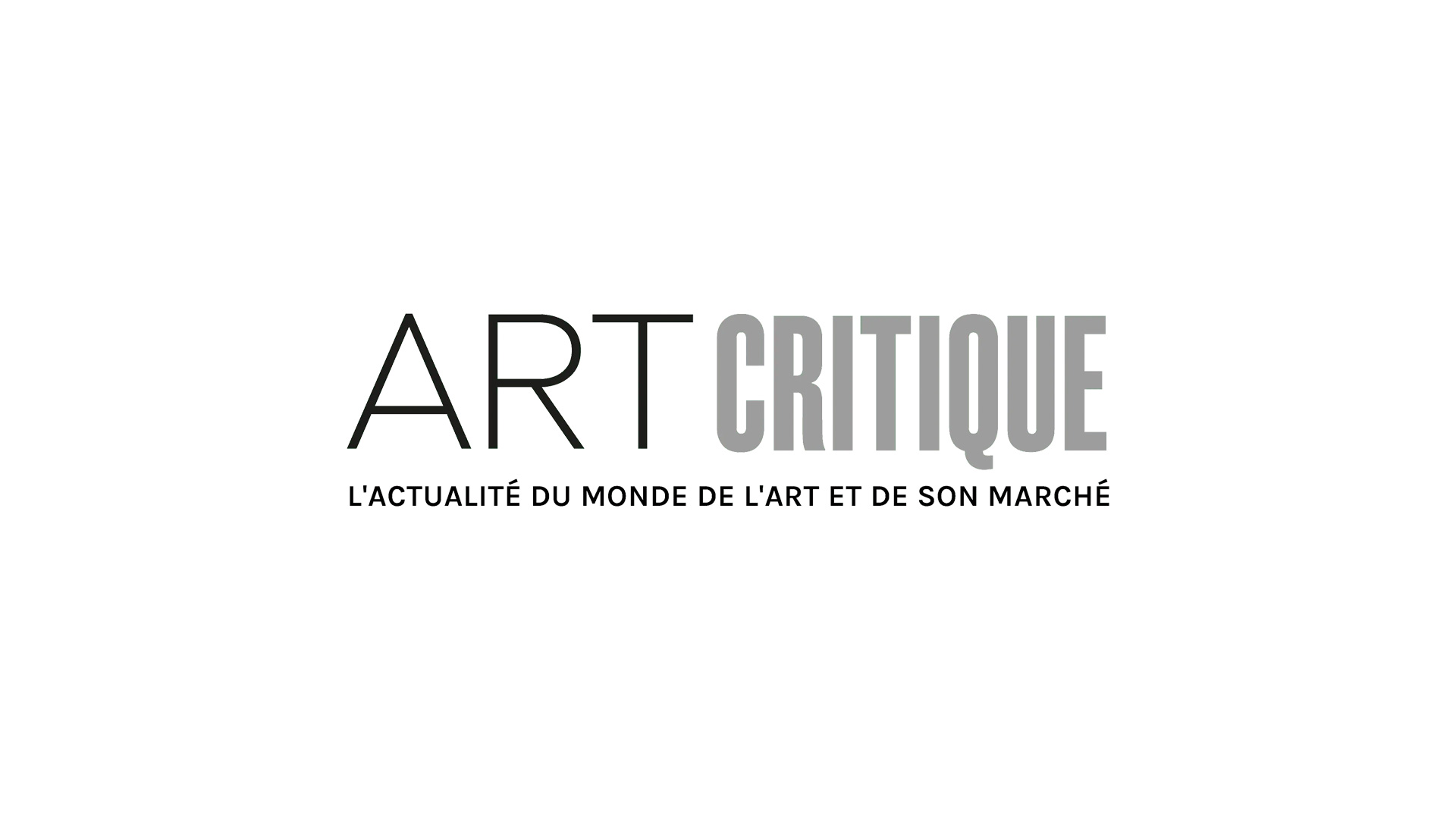Dora, the “Weeping Woman.” Picasso immortalized the surrealist photographer Dora Maar in portraits over the course of their passionate, eight-year relationship in the 1930s. His 1937 image depict unbearable grief, with her fragmented features, colored acid green and the purple of bruises, heightening the painting’s emotional intensity, and making her image a symbol of emotional pain. But transcending the myth of the artist’s muse, this major survey show at the Centre Pompidou (on through July 29), this, the largest retrospective ever organized of her work – which will also travel to the Tate Modern in London and the J. Paul Getty Center in Los Angeles – is finally setting the record straight.
Born Henriette Théodora Markovitch in Paris, Dora Maar spent much of her childhood in Argentina, then settled in Paris in the mid-1920s, where she studied decorative arts and painting before focusing on photography. She supported herself as a fashion and commercial photography, explored street photography and avant-garde experimentation. The exhibition also highlights Maar’s involvement with the Surrealist movement – she was the only artist to exhibit in all six of the group’s international exhibition – before exploring her encounter with the Spanish painter Pablo Picasso in the winter of 1935-1936, which marked a turning point in her life and career; in 1937, she also documented Picasso’s Guernica. The last part of the exhibition focuses on her painting, a lesser-known aspect of her work, with Cubistic landscapes and still lifes. Bringing together more than 300 works from more than 80 lenders, this exhibition retraces the fascinating career of this independent, free-spirited intellectual, from her early fashion assignments to street photography, avant-garde experiments, her involvement with Surrealists and paintings. In so doing, the exhibition, rather than presenting her as model and muse, powerfully repositions her as an artist in her own right.





